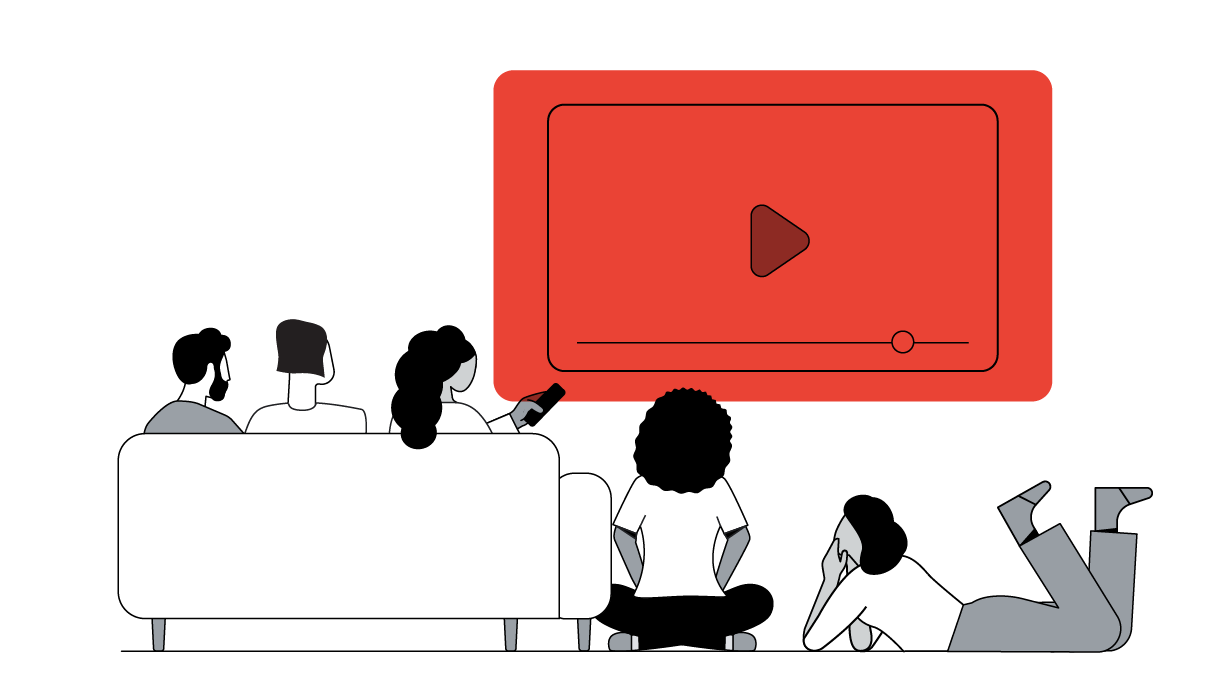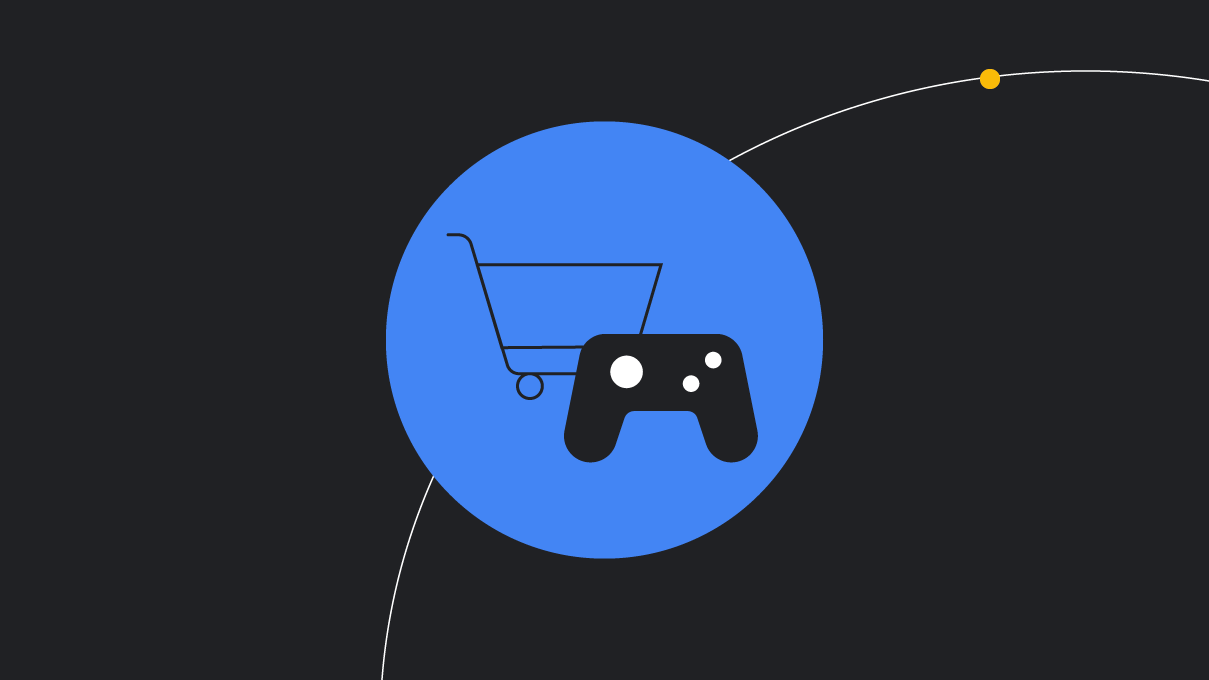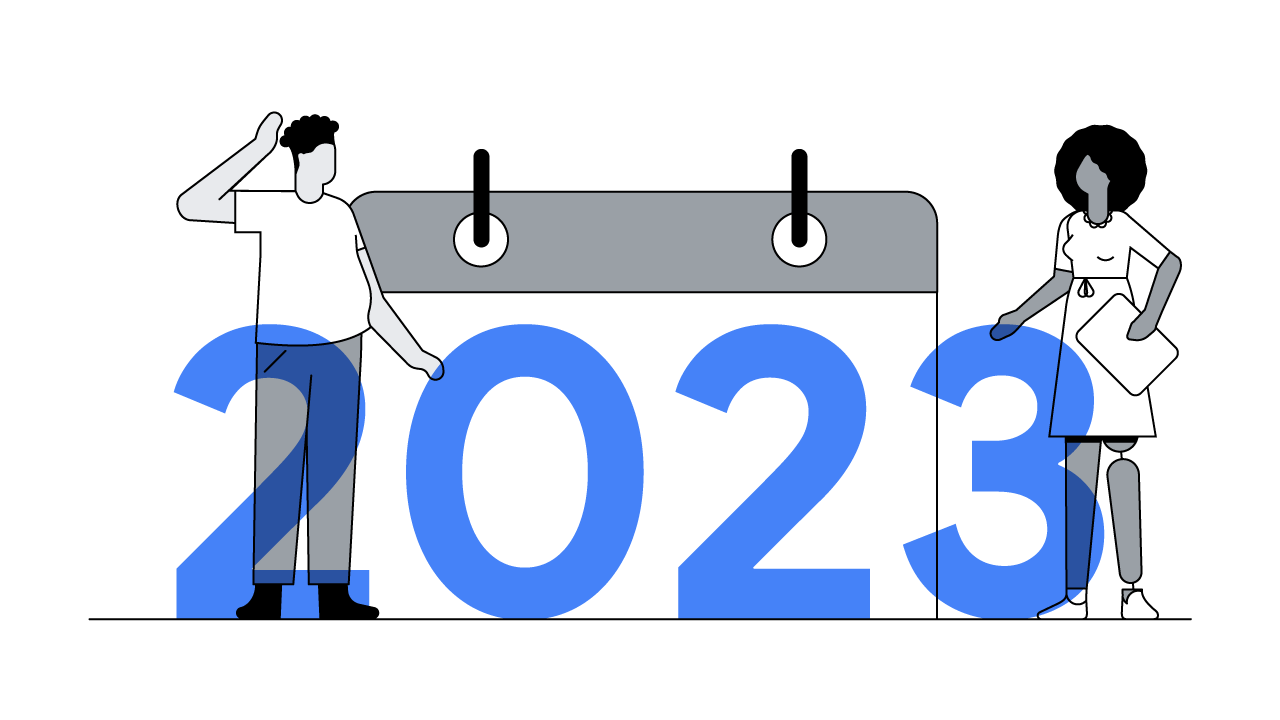Tracey Follows, futurist and keynote speaker at Think with Google UK 2017, challenges the future of artificial intelligence and why gender equality is an essential element.
Technological change is often the focus of the future. But the social and cultural side of life is as much an inhibitor or an enabler too. Science fiction writers who focused on social change, communications and environmental concerns have more accurately predicted the future than those steeped in military of technological fields.
An example, the jetpack. I haven’t spoken to that many women who envision a future that features a jet pack. In fact, there are lots of future-orientated tech concepts that are devoid of any female influence or preference at all.
As Sarah Kember, Professor at the University of London, said: “You’ve got smart bras, talking kitchen worktops and augmented-reality bedroom mirrors – yet, there’s no reflection on any of this at all”. When you don’t include womens’ visions, you end up unable to innovate in anything they really care about or need.
“Why are so many digital assistants presented as female?”
Gender equality in AI
Many products or solutions have some inherent unconscious bias coded into them. A bias that exists in the analogue world that is transferred into the digital world. The potential for that can be seen in earlier manifestations of digital personal assistants. One obvious question is: ‘why are so many digital assistants presented as female?’
Is it because the assumptions that society has around clerical workers is that they are white, middle class, and female? In their development, some companies would carry out research with human PAs – who were women – so it’s no surprise that we mostly refer to digital assistants as ‘she’, that they have female voices, and are gendered.
Is it even right to have AI resemble humans at all? There is a growing argument for not anthropomorphising AI or creating humanoid robots. For starters, we don’t know the consequences of how we might come to treat human beings in real life after treating intelligent assistants as our servants.
AI is understanding more human emotions
One thing is certain, we’re becoming more emotionally connected to our assistants, bots and intelligent machines. A recent study in Japan, called ‘Measuring empathy for human and robot hand pain’ showed the first physiological evidence of humans empathising with robot pain, while highlighting the difference in empathy for humans and robots. But as Quartz noted, the more we humanise chatbots, virtual assistants and machines, the more we display human emotions toward them. In Nesta’s research they found that 26% of people aged 18-34 in the UK would happily date a humanoid robot. And Jeff Bezos has revealed previously that Alexa has received over 250,000 marriage proposals to date.
“26% of people aged 18-34 in the UK say they would happily date a humanoid robot”
Gatebox developed Aizuma Hikari, a holographic anime girl imprisoned in a cylindrical projector, virtually communicates with a ‘husband’ or ‘boyfriend’ – where in reality, these are single men who live on their own. She apparently acts like a ‘pleasing girlfriend’. That is a whole lot of gender bias programmed into this little assistant.
The cultural significance of AI
Professor Alan Winfield, Professor of Robot Ethics at Bristol, ran a project called ‘The emergence of artificial culture in robot societies’ which demonstrated that new traditions can emerge from a swarm of robots. He says that the robots were able to imitate each other, but imperfections occurred – encouraging more innovation. Perhaps what he’s describing is culture. And if it is, we need to understand AI in terms of culture not cognition; and not talk of super intelligence but talk of social intelligence. That can only be a good thing.
“Understand AI in terms of culture not cognition; and not talk of super intelligence but talk of social intelligence”
How do we ensure that AI can be as diverse and rich as possible, rather than narrow and stereotypical? Here are three ways we can transfer the best of our cultural values into the world of AI:
1. Inclusive inputs
Diversity isn’t just about gender; race, religion and social class are important too. Code2040 provide tools and tactics to help companies invest in more diversity – Silicon Valley in particular. The name Code2040 represents the decade in which the majority of US citizens will no longer be white, they will be multicultural. Code2040’s founder Laura Weideman Powers believes that building a more inclusive culture in tech companies is not only an HR compliance issue but something a successful company now needs. The workforce is changing demographically and so radically, that inclusivity is desperately needed in order for growth.
2. Diverse perspectives
Diverse teams are better at problem solving. Diverse spaces are more inventive and creative. Diversity can lead to better economic performance. As Ruth Reader of Fast Company wrote: “Recent studies tout better products and fatter revenues at workplaces with diverse staff members. A variety of perspectives leads to better work”. Why do diverse teams perform so well? Each member of a group is different, everyone spends more time in learning mode. There is no ‘accepted wisdom’ and therefore a lot more asking, listening and explaining is done – in essence, learning.
3. Learning diversity
Understand the way in which AI can help solve diversity challenges rather than create them. Jigsaw launched a project to defeat online harassment by using machine learning; the ‘Perspective’ code. It measures for phrases which are toxic and captures insults and abuse faster than any human moderator could. One can then decide whether these comments should be removed or reported. My favourite example is the Gender EQ app by Doberman. This app measures the relative contribution of men and women in a meeting and analyses their ‘airtime’ talking. When the meeting ends attendees get a report showing the speakers contributions.
Unlocking trust
The more that diversity is an intentional action within tech development, the more technology will be trusted by people. Diversity is not just a tick box exercise or a compliance issue, but actually the key to unlocking trust in the tech of tomorrow.
Watch Tracey Follows at Think with Google UK 2017
Tweet @traceyfutures @ThinkGoogleUK





